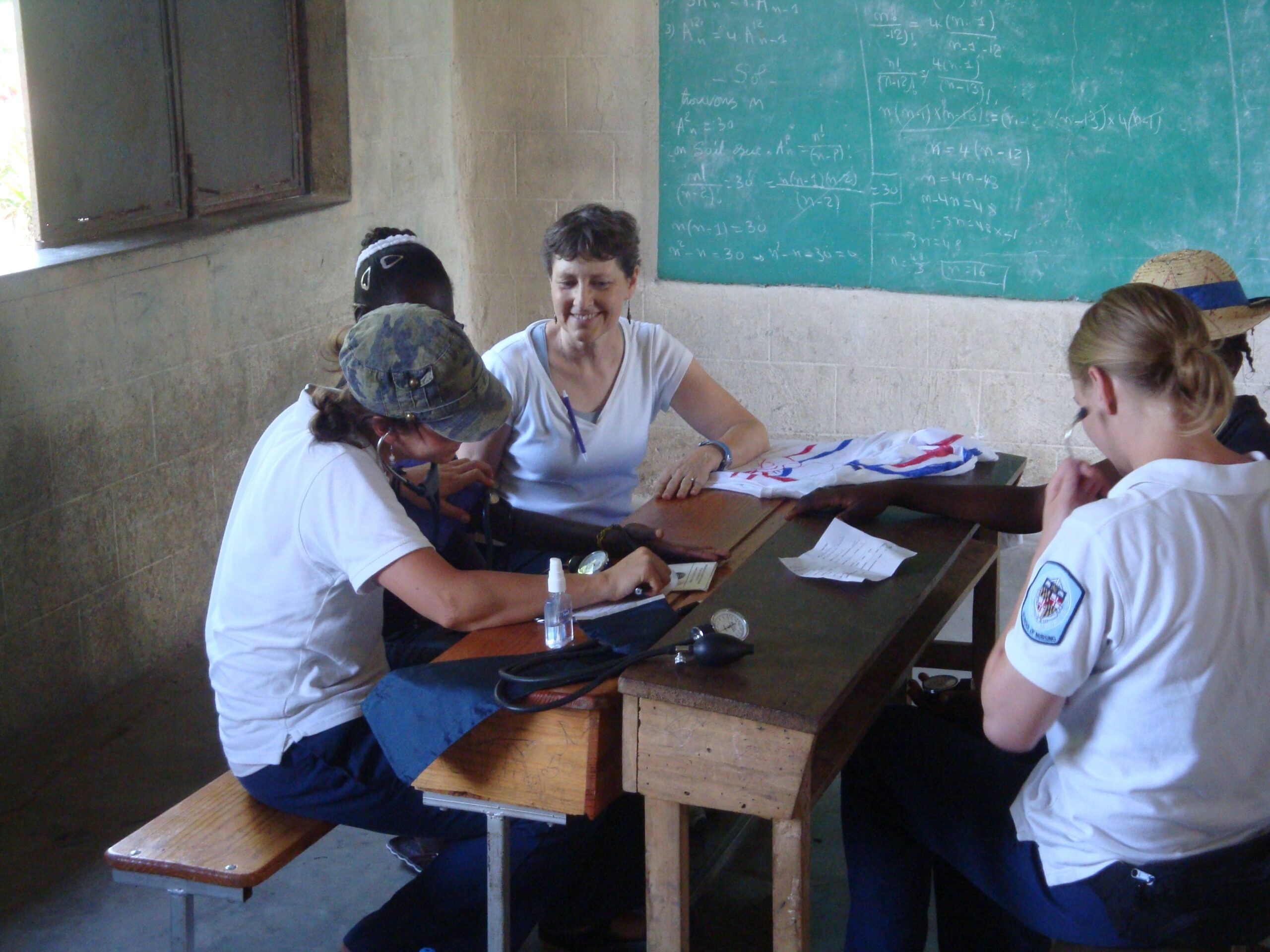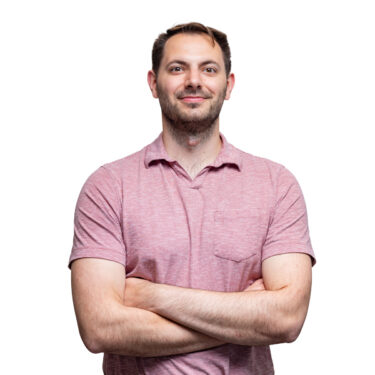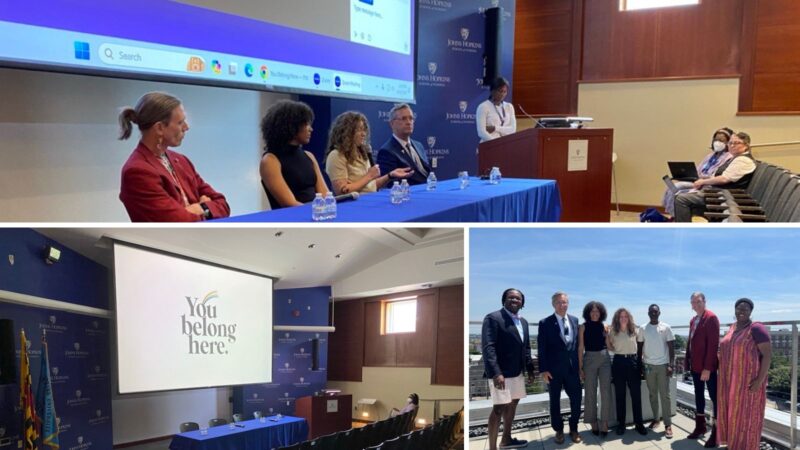
Eight public health nursing students, one grad student and I spent a busy week of work in Jérémie Haiti at the end of February. It was a wonderful week of learning for the students and a great opportunity to provide needed nursing services to a vulnerable population. We went to a variety of sites in the southwest corner of the country, in and around the town of Jérémie, in the southwest corner of Haiti. We participated with the Haitian Health Foundation, a public health organization that provides very impressive community-based public health in over 100 villages. The health education that the students worked to perfect pre-trip went well, aided by local HHF staff and our translators Baba and Nono. Dr. Bette Gebrian, the public health director at HHF, served as our key professional informant as well as an excellent nursing role model for the students. Volunteer RN Connie was another nurse consultant and role model for us there. We happily continued the collaboration that has been ongoing between the HHF and the SON for several years, particularly focused on their adolescent girls’ program. I am always impressed with the range of public health and nursing services that HHF brings to the people of the Jérémie area, and does so in partnership with the communities. As Bette says, they go beyond community-based participation and strive for community-based ownership of programming, all aimed toward sustained improvement of the lives of all who live in the area. One aspect of their programming is community groups: village mothers’ clubs, fathers’ clubs, and youth groups. For a report of fathers’ beliefs about parenting and fathers’ clubs in rural Haiti, see a recently published article: http://qhr.sagepub.com/content/early/2011/11/02/1049732311425054
While in Jérémie, the students and I also worked with Dr. Katie Wolf and nurse Cherlie at their clinic in Gatineau. The students were amazed that two women and their loyal supporters could sustain the health needs of the people in this rural village and the surrounding area. The clinic services include medical and nursing consultations, health education, and pharmacy. The students presented their health education module on the heart and blood pressure to the group of people gathered at the clinic. They received the rapt attention of the group and fielded many questions about blood pressure and medications. The students’ presentation was colorful, aided by their specially made T shirts that depicted the heart and blood vessels.

Perhaps the most poignant experience of the week was working at the Missionaries of Charity hospice for very sick and dying adults and orphanage for desperately sick children. We provided basic nursing care as well as the gift of human presence. The sisters do an amazing job, quietly and busily attending to the needs of all the people in their care. When in the midst of the sisters, you can feel the presence of their founder, Mother Teresa of Calcutta. For the most part, these sick folks seem to be pretty much forgotten by the world. The adults really appreciated the back rubs, manicures, and crafts; the children, like those everywhere, enjoyed the playtime. There are no photos of our morning there because the Missionaries of Charity do not allow photos in any of their homes worldwide, to insure that there is no exploitation of their patients and residents.

After making many trips to Haiti over the past 12 years, I was left again with an overwhelming sense of the immense health problems there – high rates of maternal mortality, childhood malnutrition, and infectious diseases, complicated by crushing poverty as seen in homes that are more like shacks, water that must be carried from sources far away, and latrines that are poor or nonexistent. These are daily realities for the people in Haiti. We also witnessed the resilience of the Haitian people, their wide smiles and gratitude for whatever help we can offer. We pray for a time when such strong resilience is not continually required for Haitian people to get through their days.





